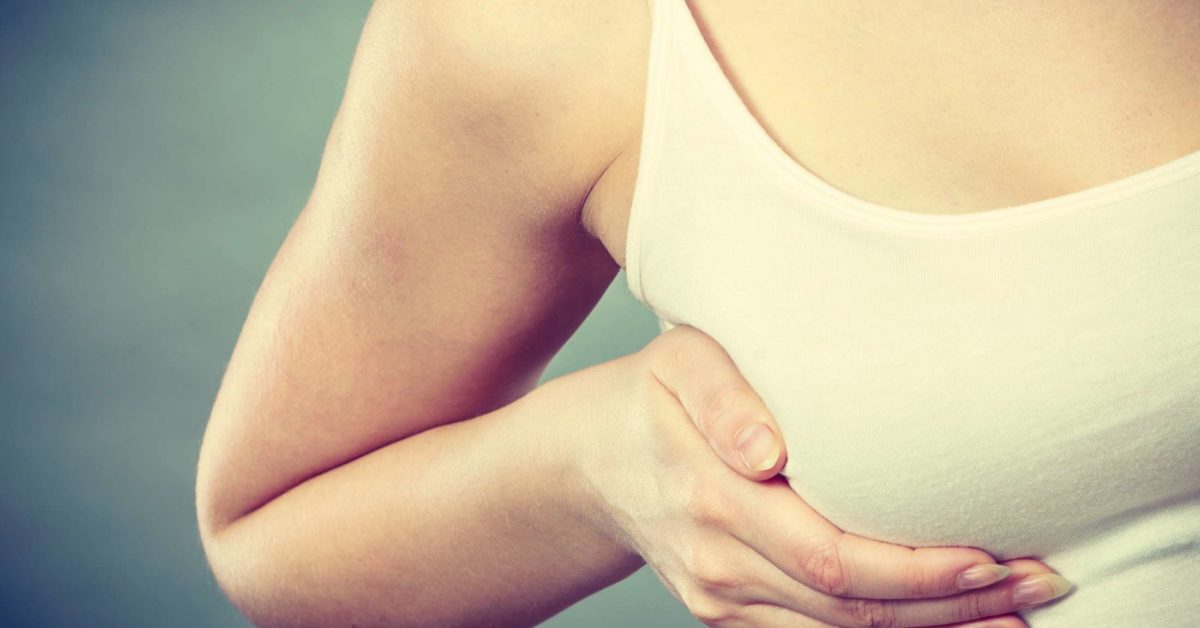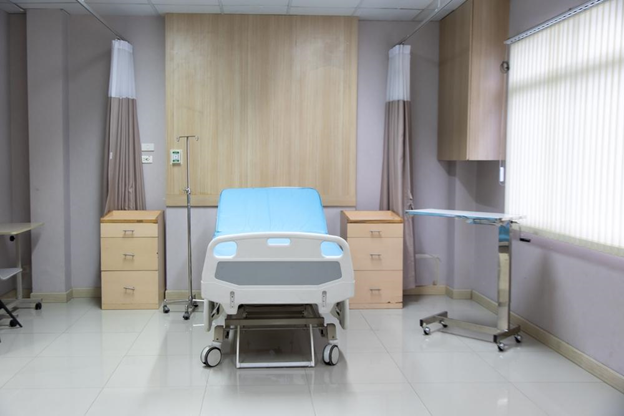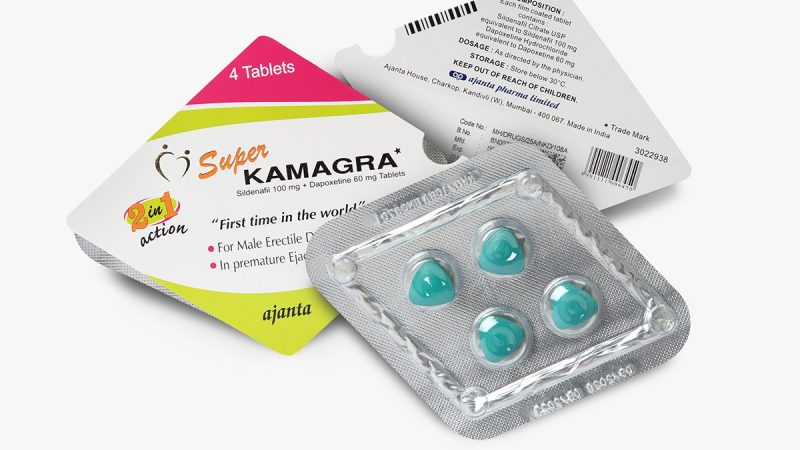Breast Lumps and Breast Pains – Are they really harmful?

Breast lumps or pain leaves many women worried if it is harmful or it is normal. It is a question that can be answered by understanding breast lumps and pain respectively.
The most important thing when you notice a lump on your breast, you should not overlook it or when you experience breast pain. It can be an indication something is wrong but also normal. Nevertheless, you cannot tell which is which. Hence, you need to learn about breast lumps and pain and then understand if it is harmful.
What are Breast Lumps?
A breast lump is like a swelling, bulge, or hump in the breast. The lump feels different from the surrounding breast tissue or breast tissue in the opposite breast. There are different causes of the breast lump. In most cases, the breast bumps are not malignant and pose no threat.
Infection, trauma, fibroadenoma, cyst, fat necrosis, or fibrocystic breasts are all possible causes. Breast lumps can occur in both men and women, but females are more likely to acquire them. Anyone who notices a lump in their breast should have it checked out as soon as possible.
What do breast lumps feel like?
The feeling of breast lumps varies depending on their cause, location, and size. They might be painful, rigid, and immobile, or they can be soft, painless, and freely moving. Lumps that are hard, irregularly formed, and immovable are more likely to be malignant than those that do not cause pain.
Other breast lumps can have a variety of sensations:
- Fibroadenoma lumps are usually non-painful, moveable, smooth, and spherical. They might vanish on their own.
- Cysts in the breast are smooth but hard.
- Breast abscesses and mastitis are typically characterized by painful, swollen lumps, as well as a fever and flushing surrounding the affected region.
Causes of Breast Lumps
Fibroadenomas.
These benign bumps are the most prevalent. They are solid, spherical, rubbery lumps that move when pushed. In most cases, they are painless. Women who are aged between 20-30 years are prone to Fibroadenomas. African-American women are also more likely to have them. Surgical removal of fibroadenomas is possible.
Fibrocystic changes
Changes in hormones might cause changes in your breasts during your menstrual periods. Fibrocystic breast alterations are what they’re called. Just before your period, you may develop lumps in both breasts that grow in size and pain. You may also get nipple discharge.
Milk ducts and the tissues surrounding them have expanded and broadened to develop cysts. Hormones released near your period cause them to expand swiftly. The lumps could be hard or rubbery, and they could feel like one big or little lump. Breast tissue can thicken as a result of fibrocystic alterations.
During your 40s, you’ll notice the most changes. Women between the ages of 35 and 50 are the most common source of benign breast lumps. These forms of breast alterations are less common in postmenopausal women.
This is because their hormones do not vary every month. They don’t need to be treated, but your breast specialist singapore might suggest strategies to relieve monthly tenderness.
Simple cysts
Simple cysts are fluid-filled sacs that most commonly affect both breasts. You can have one or several. They come in a variety of sizes. Their tenderness and size fluctuate a lot depending on your menstrual cycle.
Fine needle aspiration can be used to treat simple cysts. This isn’t a surgical procedure. A needle will be inserted into the area surrounding the bump by your doctor. They can suck out the fluid, and the cyst will collapse if the bump is a cyst. Cysts can disappear independently, so your doctor may decide to wait and see if it disappears.
Traumatic fat necrosis
Traumatic fat necrosis occurs when the breast is injured, even if you don’t recall the damage occurring. It causes fat lumps to form, which are usually spherical, firm, hard, and painless.
Unless your doctor performs a biopsy, it can be difficult to identify if a lump is caused by traumatic fat necrosis or something else. The majority of the time, these don’t need to be treated. However, if the lump causes you discomfort, the doctor can remove it.
What is breast pain?
Most women usually complain about breast pain now and then. Typically, pain is classified as either cyclical or noncyclical. During puberty, a rise in estrogen causes the breasts to grow. Various hormones lead to a change of the breast tissue during the menstrual cycle, which can cause pain or discomfort in certain women. While breasts do not usually hurt, they can be painful at times.
“Cyclical pain” refers to pain associated with your menstrual cycle. During or after your period, the pain connected with your menstrual cycle normally subsides.
Noncyclical pain can be caused by a variety of factors, including a breast injury. Noncyclical pain can also be caused by nearby muscles or tissues rather than the breast itself.
Noncyclical pain is far less prevalent than cyclical pain, and its causes are sometimes more difficult to pinpoint. Mastalgia can range from a sharp pain to a gentle tingling sensation. Some women may experience breast discomfort or a fuller-than-normal feeling in their breasts.
Causes of breast pain
Breast pain can be associated with several different factors. Hormonal fluctuations and fibrocystic (lumpy) breasts are two of the most common causes. Other causes include.’
Hormone fluctuations
During the menstrual cycle, there is the fluctuation of the hormones estrogen and progesterone. As a result causes enlarged, lump, and pain in the breast.
Due to increased sensitivity to hormones as a woman matures, some women report that their pain worsens as they get older. Women who suffer menstrual-related discomfort may or may not have it after menopause.
Whenever hormonal changes cause your breast discomfort, you’ll notice it increasing worse two to three days before your period. The pain may last for the whole of your menstrual cycle.
Keep track of your periods and note when you suffer discomfort throughout the month to see if your breast pain is related to your menstrual cycle. After a couple of cycles, a pattern may emerge.
Puberty, pregnancy, and menopause are developmental periods that impact a woman’s menstrual cycle and induce breast pain.
Breast cysts
Involution is a term used to describe changes in a woman’s breasts as she gets older. This is when fat replaces breast tissue. The formation of cysts and increased fibrous tissue is a side effect of this. Fibrocystic alterations or fibrocystic breast tissue are the terms for these conditions.
While fibrocystic breasts do not always cause pain, they certainly have the potential to do so. Usually, these alterations aren’t caused for alarm. Breasts with fibrocystic tissue can be lumpy and painful. The upper and outer regions of the breasts are the most commonly affected. Around the time of your monthly cycle, the lumps may expand in size.
Mastitis
Mastitis is a condition in which your milk ducts become infected. This can result in extreme pain and nipple cracking, itching, burning, or scorching. Red streaks on the breasts, a fever, and chills are some of the other symptoms. Your doctor will prescribe antibiotics.
Engorgement
If your breasts become engorged, they will expand, leading to your skin becoming tight and uncomfortable. Sometimes you may not be able to feed your baby; the right thing to do is get a free breast pump covered by insurance the milk, thus avoiding breast pain.
It is easy to pump milk out of the breast using breast pump covered by insurance. All you have to do is place your thumb on top of your breast and your fingers beneath. To empty your breast, slowly roll your fingers back against your chest wall and forward toward your nipples.
Is breast pain linked to breast cancer?
Breast pain is rarely associated with breast cancer. Breast discomfort or fibrocystic breasts do not indicate that you are more likely to acquire cancer. Lumpy tissue, on the other hand, may make tumors more difficult to see on mammography.
Call your doctor if you have breast discomfort that is only in one region and is continuous throughout the month with no changes in pain level.
Are Breast Lumps and Breast Pains harmful?
It is not easy to tell if breast lumps or pan are harmful by looking at the eyes. As you can see, there are different causes of each respectively; thus, the best-suited person to tell if they are harmful is a breast doctor specialist. If you have breast lumps or pain, it is recommended you visit a breast specialist in Singapore.







